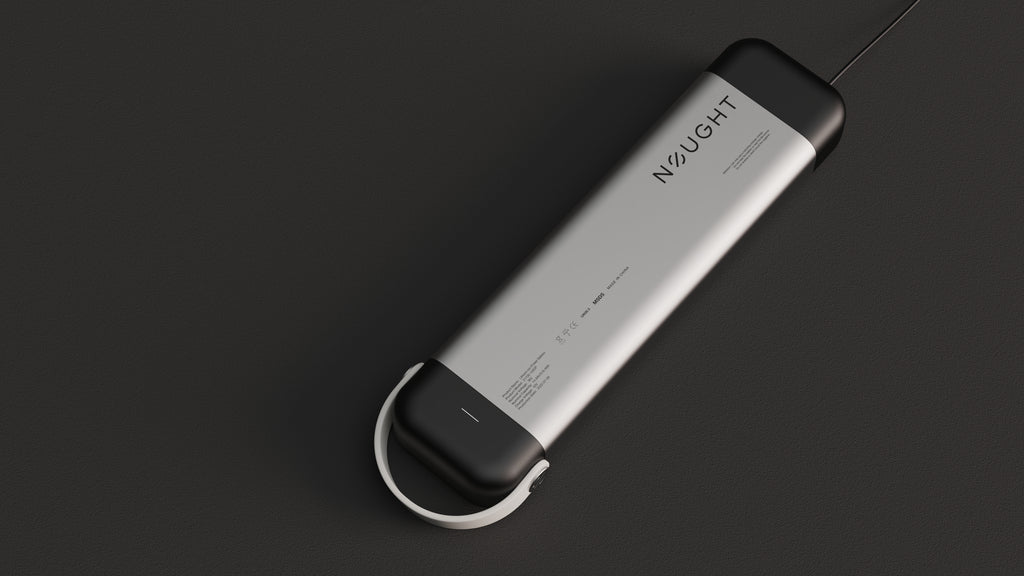E-scooters are a fun, convenient, and eco-friendly way to get around, becoming more popular all the time. One of the main concerns for new riders, though, is the battery life: just how long does an electric scooter battery last and what do you need to do (or avoid) to extend a battery’s lifespan?
The lifespan of your scooter battery can vary depending on a number of factors, including the type of battery, how it’s used, and how well it’s maintained. Let’s take a look at what you need to know about your electric scooter battery and what you need to do to keep it in good working order…

Lithium-ion batteries: the technical stuff
The most common type of battery used in e-scooters is a lithium-ion (Li-ion) battery. It’s the same type of battery you’ll find in your smartphone and laptop (although much bigger, obviously), and they’re great because of their high energy density (the amount of energy stored compared to its physical weight).
Li-ion batteries are ideal for scooters because of their long lifespan and fast charging time. So, how do they work? Well, they’re made up of two electrodes: the anode and the cathode, which are separated by an electrolyte solution which allows the ions to flow between the electrodes.
When you’re riding (i.e. discharging the battery), the lithium ions move from the anode to the cathode through the electrolyte, creating a flow of electricity which powers the electric scooter. When your e-scooter is charging, the lithium ions move in the opposite direction, from the cathode to the anode.

Electric scooter battery charging cycles
Every electric scooter battery has a limited number of charge-discharge cycles, before the battery capacity starts to degrade. A cycle is from fully charged – to empty to – full charged again. Typically, between 300 to 500 charging cycles. Check your manufacturer’s specifications – this will indicate how many charge cycles you can expect for your make and model of electric scooter.
Over time, as the battery is charged and discharged, the electrodes will degrade, leading to a reduction in capacity (it won’t hold as much charge as it did when it was new), and eventually the battery will need to be replaced.

How to maximise your electric scooter’s battery life
The typical range for an e-scooter battery is between 20-40 miles per charge, or 32-64km. This can vary, though. To maximise your battery life, t's important to be mindful of your riding conditions and riding style. You need to take the following into account:
- The weight of the rider – the heavier the rider, the more power is needed to maintain a steady speed.
- The terrain – hills and steep inclines will draw more power from the battery, draining it faster.
- Your speed – if you ride at high speeds, the battery may drain faster as the motor has to work harder to maintain that speed. The motor may also overheat, which can damage the battery.
Read all of our tips on how to maximise your electric scooter battery life here.

What not to do
There are also some things you need to avoid to keep your battery in good condition for as long as possible:
- Don’t overcharge the battery.
- Don’t leave your scooter unused for extended periods of time.
- Don’t expose your electric scooter to extreme heat or extreme cold, i.e. avoid leaving it in direct sunlight or outside overnight.
- Avoid getting the battery wet.
Store your e-scooter in a cool, dry place. This is important because extreme temperatures can really shorten the life of your battery and decrease its performance. The battery could overheat and be damaged, or slowly lose capacity and its ability to hold a charge.

So, how long does an electric scooter battery last? It very much depends on your riding style and the care you take in prolonging the life of your battery. But you can expect between 300 to 500 charging cycles, which for most riders is anywhere between two to four years. Of course, all batteries will degrade naturally over time, but you should be able to get in a lot of great rides before that time comes.





